Photonics and optics — the fields of light — are like the colors of the rainbow. There are measurable differences, but no one draws a heavy black line between them.
Through studying the behavior and uses of light particles, photonics and optics focus on the movement of photons. Photonics looks at fundamental questions and creates the tools that are applied in optics. Researchers in both fields study how light scatters, illuminates, refocuses and transcends the everyday workings of our eyes, screens, lasers and medical devices.
MTU Photonics and Optics
Learn more about photonics and optics research at Michigan Tech. If you’re an alumni in photonics and optics, share your story with us.
One such medical device could help with screening COVID-19 patients.
Kosar Khaksari is a PhD graduate in biomedical engineering from Michigan Technological University. She now works for the National Institutes of Health (NIH) on a team developing a biosensing device for screening and monitoring respiratory health using optics.
“When COVID-19 came about, since we have the knowledge and we have a flexible modality, we thought about developing a multi-modal biosensor to look at oxygenation, respiratory rate and temperature,” Khaksari said, explaining that before the pandemic, the NIH team worked on using near-infrared spectroscopy (NIRS) to non-invasively peer into the health of brains and placentas. “I was introduced to photonics and optics at Michigan Tech — and I started falling in love with light and how it interacts with tissue. Studying this is important because it helps us look at human tissue without surgery or other invasive methods.”
Student Research
Photonics and optics are often reserved for graduate-level exploration at other universities. Not here. Undergraduates get the chance to learn in the lab.
Lighting Up Michigan Tech
Assisting health care workers with COVID-19 treatments is only one of the many uses for photonic and optical devices. Much like light itself, photonics and optics reach far and wide across traditional academic disciplines.
At Michigan Tech, engineers and scientists work on using laser-light scatter to detect changes in skin, turning ceramic resonators invisible with photonic crystals, making a perfect lens to detect infectious diseases with cellphones, and ensuring self-driving cars see the road even during a Keweenaw blizzard.
Photonic Sensors
Fundamental physics currently limits tiny optical sensors. But Ramy El-Ganainy, associate professor of physics, is part of a team with an idea for a quantum workaround to make microring sensors a reality.
“These teams are even better able to share collegial conversations that enhance the inherently interdisciplinary nature of many photonics and optics projects,” said Christopher Middlebrook, associate professor of electrical and computer engineering, who also advises student organizations in optics and photonics. “Many of us are experimentalists. That means we’re in the labs working on devices, but we work alongside our campus colleagues who are theoretical physicists, mathematicians and others in chemical engineering or materials science to move the field forward.”
Sean Kirkpatrick, a professor and the chair of the Department of Biomedical Engineering, was Khaksari’s advisor. His research is rooted in optical devices for medical imaging.
Atmospheric Optics
Jeremy Bos, assistant professor of electrical engineering, wants to help the Air Force see better. The problem is turbulence.
“We’re talking about high-resolution, detailed measurements of motion in dynamic systems,” Kirkpatrick said, explaining that the tools of the trade can be applied in many different ways. “At Michigan Tech, we’re not doing sci-fi. We’re meeting the challenges in software and hardware to measure, analyze and understand many real-world phenomena.”
Those challenges are twofold. On one hand, fast motion requires fast cameras. Fast cameras mean more images and more data — and image processing in the era of Big Data requires keen tools and perspective to cut through the noise and preserve a true signal.
Paulding Light
Our research is not science fiction. But we have dabbled in the optical distortions of ghost stories.
“It’s like the CSI fallacy: The guy comes in to view the tape and asks to zoom in and sharpen the image — that doesn’t happen,” Middlebrook said. “What does happen: Like sports photographers and the Hubble telescope, we look at light through the right equipment for the job, which often means a long lens. It’s a matter of focusing and getting rid of aberrations.”
The Future of Photonics and Optics
The efforts to expand by the photonics and optics researchers at Michigan Tech focus on building human capital. They’re seeking out alumni in the field to share their stories, working with companies to attend Michigan Tech’s Career Fair, establishing more scholarships for undergraduate research and opening more opportunities for graduate research.
That’s what initially brought Khaksari to Michigan Tech, after all. It’s here where her NIH work to help solve one of the world’s greatest challenges started.
“I learned about NIRS at Michigan Tech. And now I’m using it for the purpose of COVID-19,” Khaksari said. “Along the way learning about biomedical engineering and optics, I recognized I do it because I’m helping human health. I am an engineer, not a physician, but as a biomedical engineer it still matters to me to make a difference in people’s health.”
In its many forms, Michigan Tech research does just that. Photonics and optics light up the end of the tunnel and harness the light for better medical devices and imaging, self-driving cars, cellphone signals, invisibility cloaks and other technology glimmering at the edges of imagination.
Michigan Technological University is an R1 public research university founded in 1885 in Houghton, and is home to nearly 7,500 students from more than 60 countries around the world. Consistently ranked among the best universities in the country for return on investment, Michigan's flagship technological university offers more than 185 undergraduate and graduate degree programs in science and technology, engineering, computing, forestry, business, health professions, humanities, mathematics, social sciences, and the arts. The rural campus is situated just miles from Lake Superior in Michigan's Upper Peninsula, offering year-round opportunities for outdoor adventure.
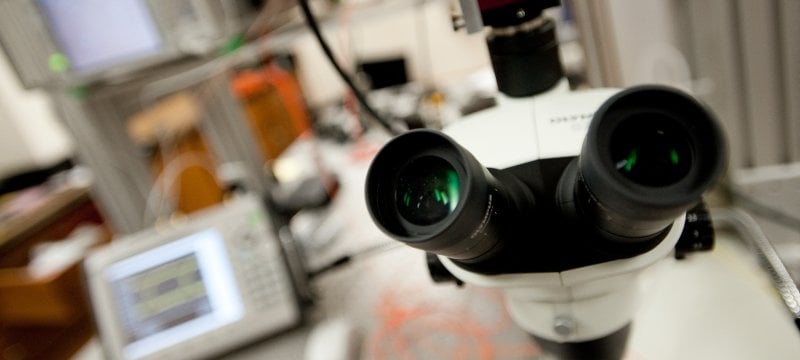
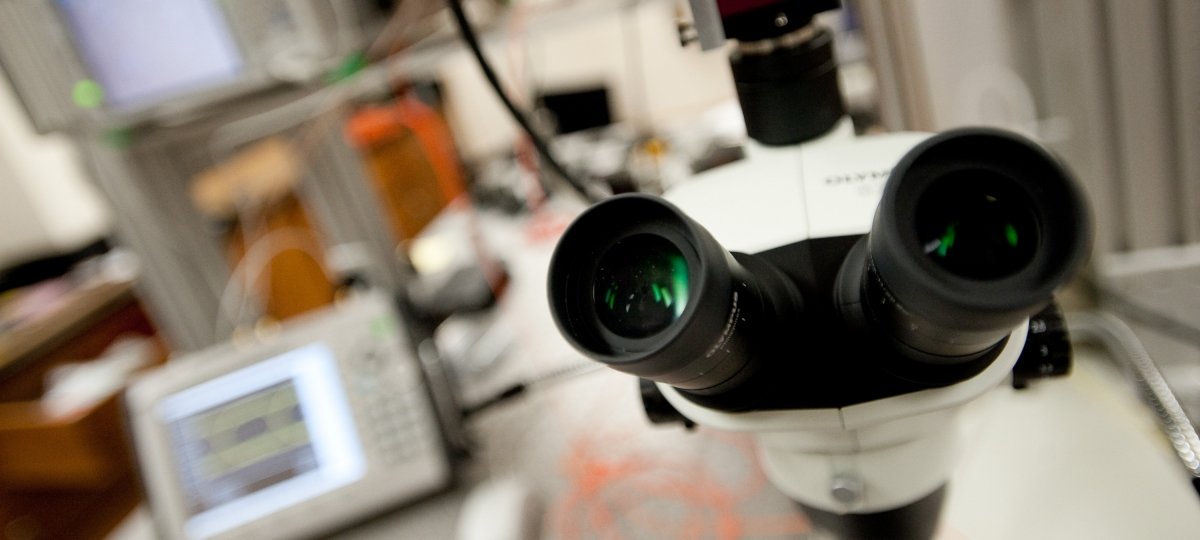
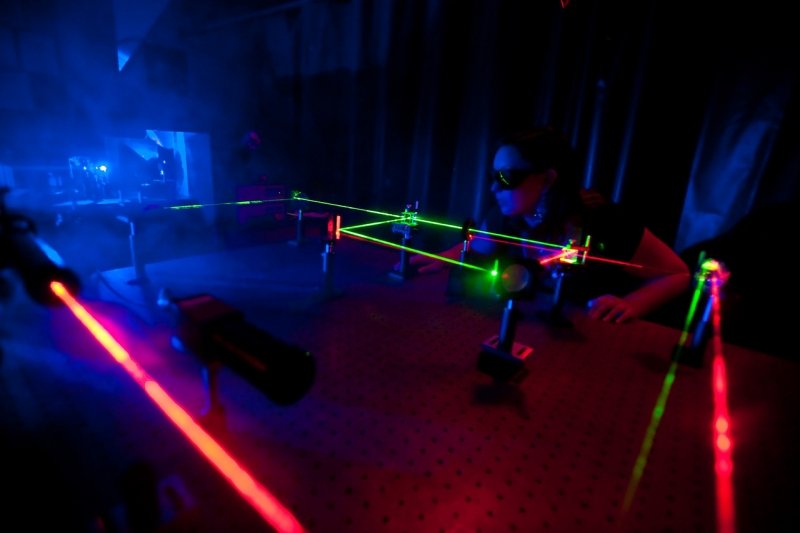
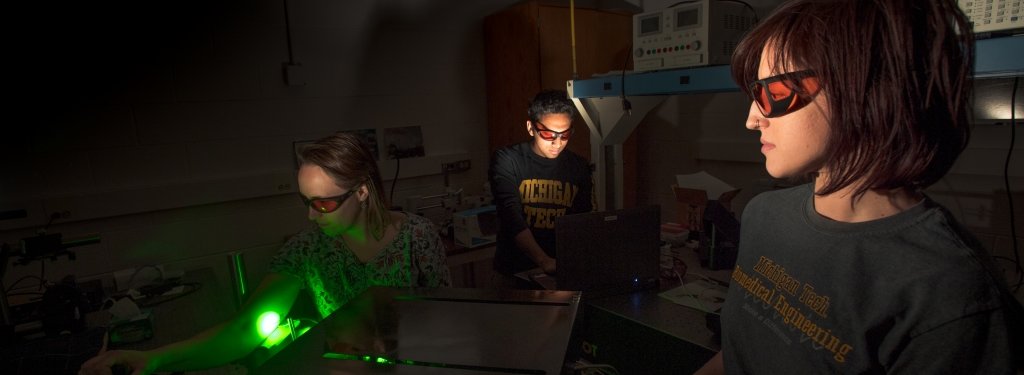
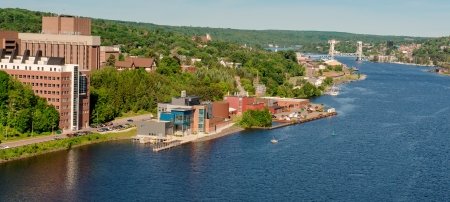
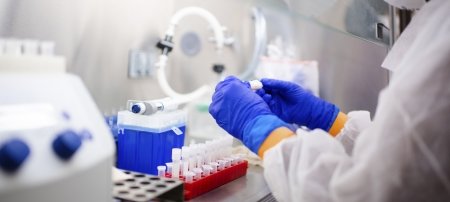
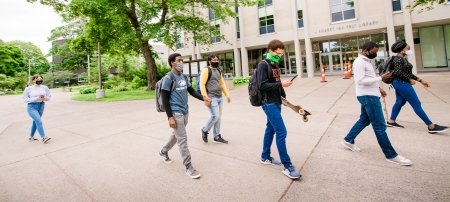
Comments